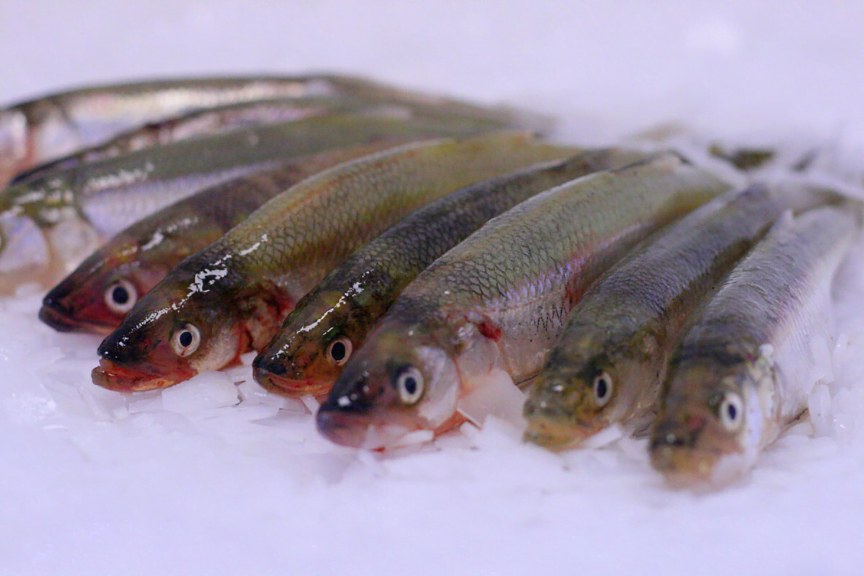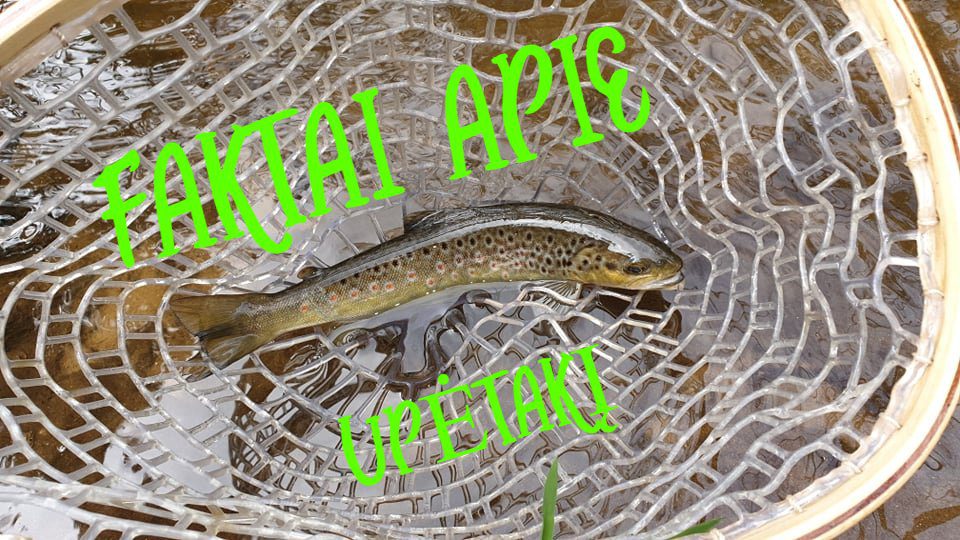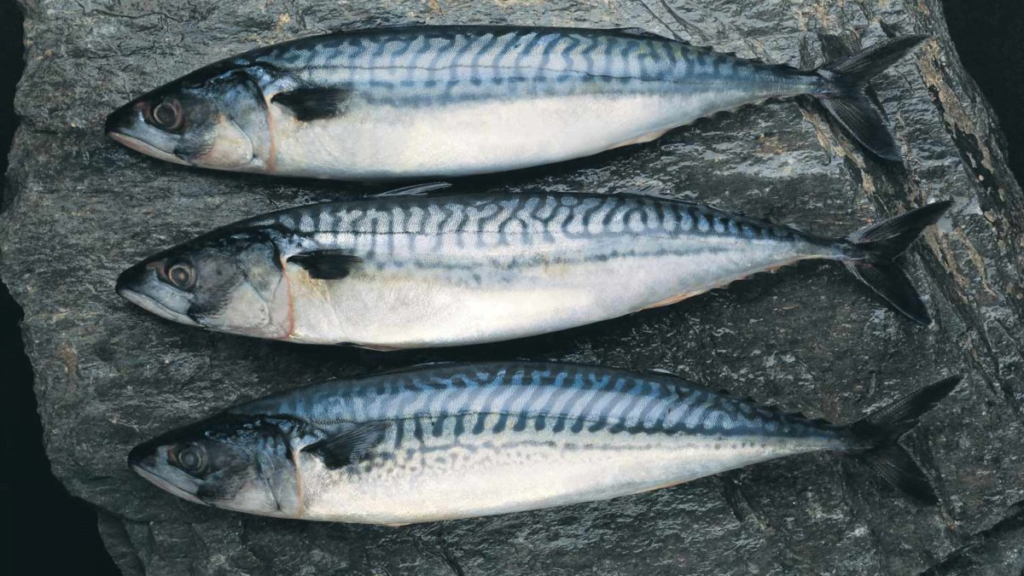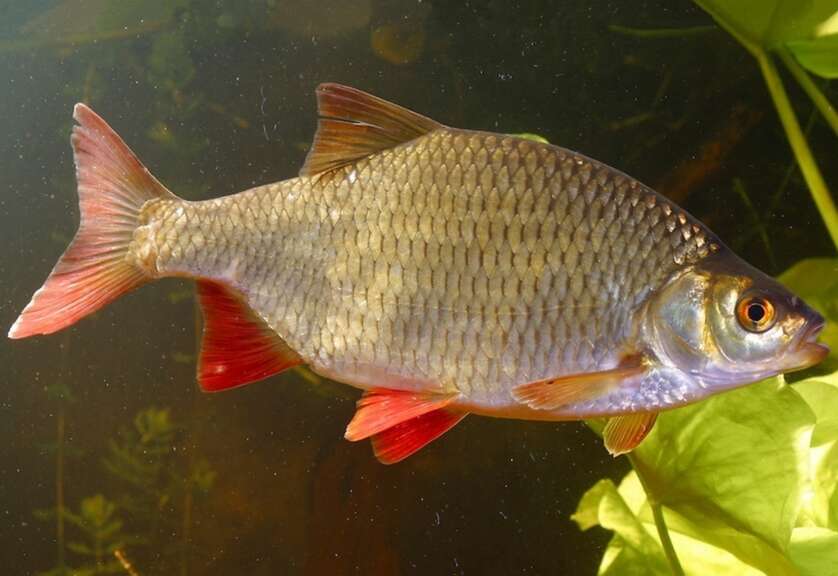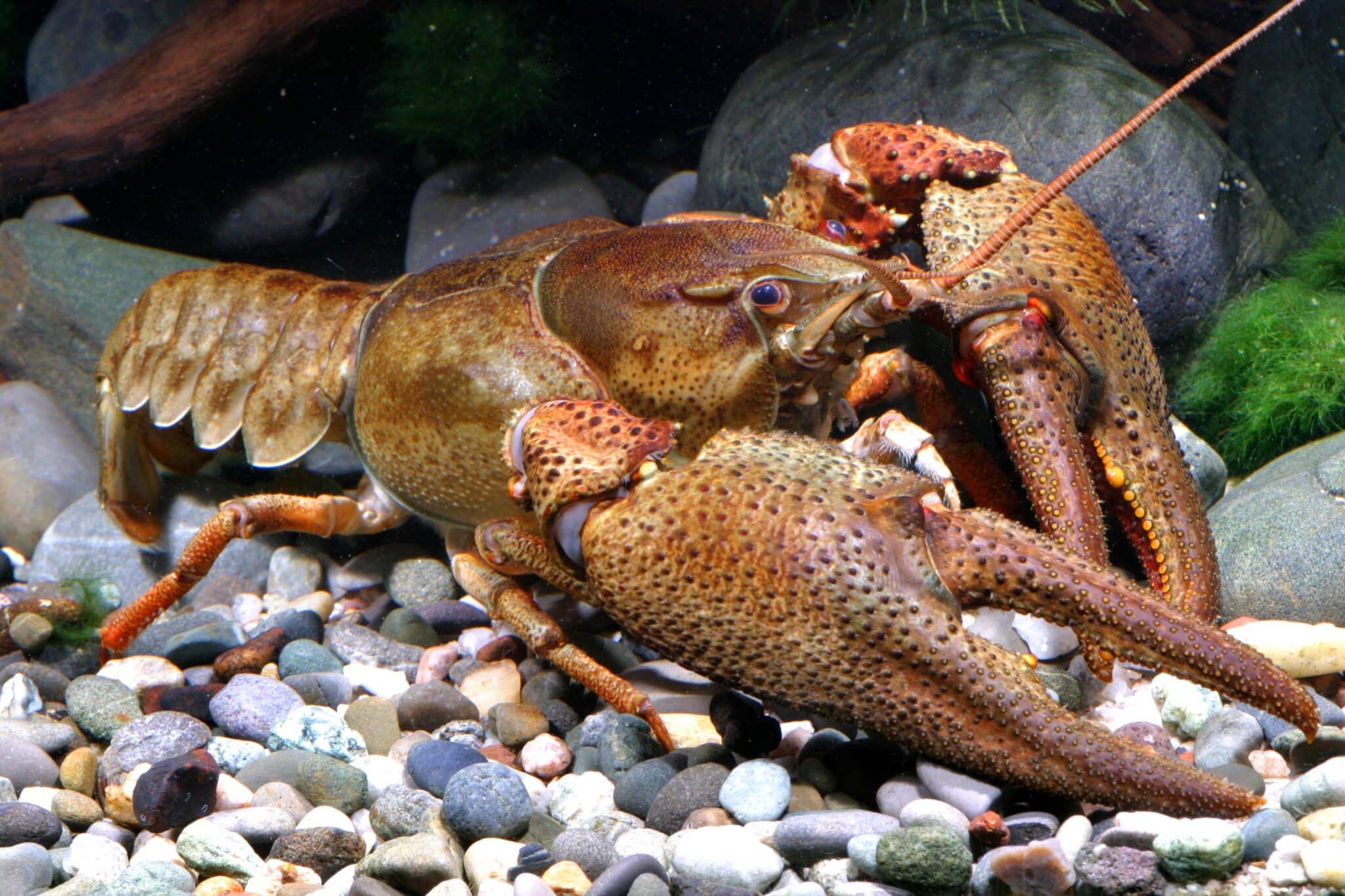Aukšlė (Alburnus alburnus) yra nedidelė, sidabro spalvos karpinių (Cyprinidae) šeimos žuvis, paplitusi gėluose Europos vandenyse. Jos kūnas ištęstas ir plonas, šonai plokšti, padengti labai plonais, lengvai krintančiais sidabriniais žvyneliais. Nugara paprastai būna pilkai melsva arba žalsva, o pilvas ir šonai – švytinčios sidabro baltumo spalvos. Ši žuvelė turi dideles akis ir nedidelę burną, atsuktą į viršų – tokia sandara padeda jai rinkti maistą nuo vandens paviršiaus. Aukšlės dažniausiai užauga apie 7–13 cm ilgio ir sveria 6–30 g. Vis dėlto pasitaiko stambesnių individų – retais atvejais aukšlė gali pasiekti ~20 cm ilgį ir apie 40 g svorį. Šios žuvys subręsta anksti, maždaug antrais–trečiais gyvenimo metais, o gyvena palyginti neilgai. Jų gyvenimo trukmė dažniausiai siekia ~4–6 metus, tačiau išimtiniais atvejais gali išgyventi ir iki 9 metų.
Kur gyvena aukšlė
Aukšlė paplitusi didžiojoje dalyje Europos ir Vakarų Azijos gėlavandenių telkinių. Lietuvoje tai viena dažniausių žuvų – aptinkama upėse, upeliuose, ežeruose ir net tvenkiniuose. Ši rūšis gali gyventi įvairiuose vandens telkiniuose, tačiau labiau mėgsta lėtai tekančius ar neužpelkėjusius vandenis. Aukšlės vengia labai srovingų kalnų upių bei visiškai stovinčio vandens aplinkų. Dažniausiai jos plaukioja būriais paviršiniame vandens sluoksnyje, atvirose, gerai apšviestose vietose. Esant palankioms sąlygoms, susidaro milžiniški aukšlių būriai – pavyzdžiui, upių žiotyse ar marių pakraščiuose jos gali telktis dideliais spiečiais. Toks elgesys būdingas pavasarį ir vasarą, kai gausu maisto.
Tuo tarpu žiemą aukšlės traukiasi į ramesnes vietas – užutėkius, įlankas ar gilesnes duobes – kur susiburia didelėmis tuntomis ir sulėtina aktyvumą. Aukšlė geriausiai jaučiasi švariuose, deguonies turtinguose vandenyse. Ji indikacinė žuvis – jos gausa rodo gerą vandens kokybę. Temperatūrų atžvilgiu aukšlė yra pakanti: gyvena vidutinio klimato sąlygomis, pakenčia vasaros šilumą ir ištveria žiemos šalčius. Vis dėlto ši žuvis netoleruoja deguonies stygiaus ir nepajėgia išgyventi uždumblėjusiuose, mažai prisotintuose deguonies vandeniu telkiniuose.
Kada neršia aukšlė
Aukšlių nerštas vyksta vėlyvą pavasarį arba vasaros pradžioje. Paprastai jos neršia gegužės–birželio mėnesiais, kai vandens temperatūra pasiekia apie 14–15 °C. Neršiančios žuvys renkasi seklumas prie krantų ir ten, tarp povandeninių žolių arba ant žvirgždo ir akmenukų dugno, išneršia kiaušinius. Po neršto rūpinimosi ikrais nėra – palikti ikreliai vystosi savarankiškai per 1–3 savaites, o išsiritęs mailius pradeda maitintis smulkiausiais planktono organizmais.
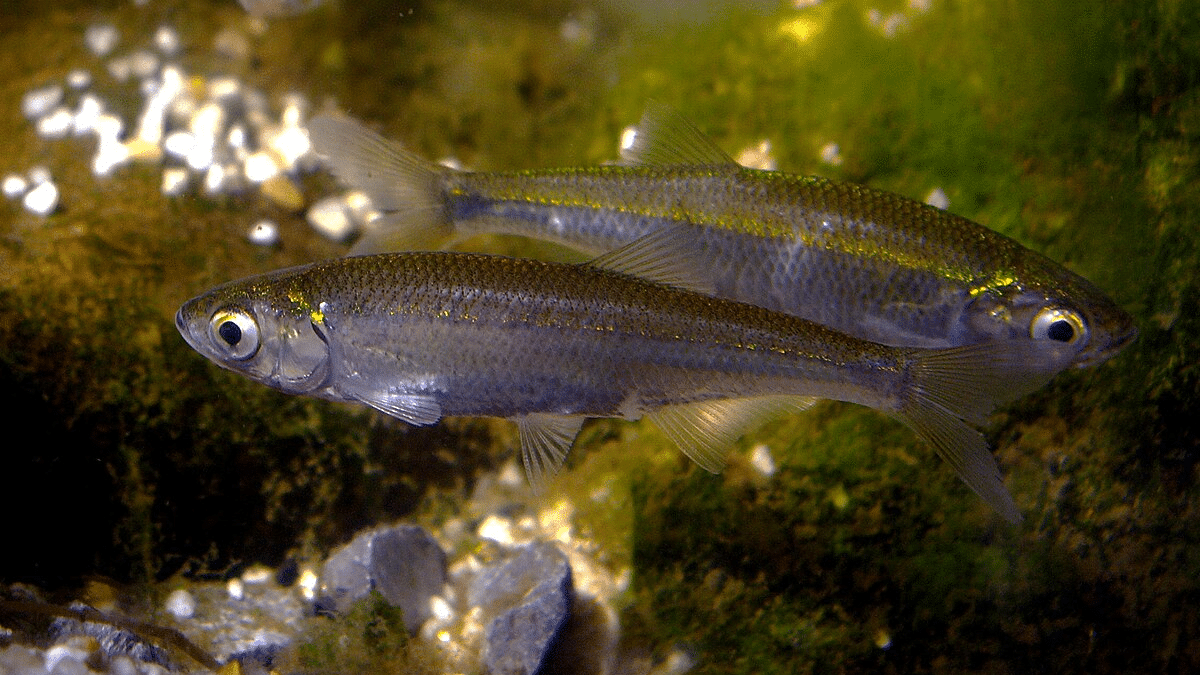
Kuo minta aukšlė
Aukšlės minta smulkiais gyvūninės kilmės organizmais ir yra laikomos tipiškomis planktoną ėdančiomis žuvimis. Jų raciono pagrindą sudaro zooplanktonas – smulkūs vandenyje plūduriuojantys vėžiagyviai, pirmuonys ir kiti organizmai. Taip pat aukšlės gaudo įvairius bestuburius: mažas kirmėles, vabzdžių lervas, vandens vabalus ir moliuskus. Aktyviai plaukiodamos paviršiuje, jos nemažai maisto susirenka ir nuo pat vandens viršaus – lesa ant vandens nukritusius vabzdžius bei jų lervas.
Vasaros mėnesiais ankstyvo ryto ar vakaro metu dažnai galima pastebėti šių žuvelių būrius, nerimstančius vandens paviršiuje – taip jos gaudo smulkų maistą. Vis dėlto aukšlės yra gana ėdrios ir maitinasi ne tik aušroje ar sutemose, bet ir dienos metu, jei tik randa maisto.
Aukšlės mitybos grandinėje užima tarpinius vartotojus. Pačios būdamos smulkiųjų organizmų lesikės, jos tuo pačiu yra svarbus grobis plėšrūnams. Daugelis plėšriųjų žuvų, tokių kaip ešeriai, lydekos ar sterkai, mielai maitinasi aukšlėmis, ypač kai šios sudaro gausius būrius. Dėl to aukšlių populiacija prisideda prie ekosistemos pusiausvyros – jos padeda reguliuoti planktono gausą ir kartu pačios tampa maistu plėšrūnams. Be to, šiomis žuvelėmis minta ne tik žuvys, bet ir vandens paukščiai (pvz., kormoranai, garniai) taip pat gaudo aukšles seklumose ar ties vandens paviršiumi. Taigi aukšlė yra svarbi mitybos grandinės dalis, jungianti mažyčius bestuburius organizmus su stambesniais vandens plėšrūnais.
Aukšlių žvejyba
Aukšlė – mėgėjų žūklėje gerai žinoma žuvis, kuri gaudoma ištisus metus. Kadangi ši žuvis smulki ir labai dažna, specialūs žvejybos apribojimai jai netaikomi – leidžiama gaudyti tiek vasarą atviruose vandenyse, tiek ir žiemą po ledu. Šiltuoju sezonu aukšlės aktyviai kimba dienos metu, ypač ryte ir vakare, kuomet vandens paviršiuje telkiasi planktonas. Žvejai pastebi, kad saulėtą dieną šios žuvys būna paviršiuje, o atvėsus orams gali leistis giliau. Vis dėlto net ir žiemą jos išlieka aktyvios – po ledu aukšlės sėkmingai gaudomos eketėse. Aktyvi aukšlių reakcija į masalą ir gausumas lemia, kad neretai tai būna pirmoji pradedančių žvejų sužvejota žuvis.
Aukšlių žvejyba paprastai vyksta plūdine meškere arba žiemą – mažyte avižėle (blizgute) naudojant labai smulkius kabliukus. Dėl jų pomėgio maitintis paviršiuje, efektyviausia gaudyti seklioje vietoje ar ties vandens paviršiumi. Masalui dažnai naudojama tešla, duonos gabalėliai, uodo trūklio lervos arba maži sliekai.
Dėl savo gausumo ši žuvis tapo ir sportinės žūklės objektu. Lietuvoje vyksta aukšlių gaudymo varžybos. Tokie renginiai rodo, kad net ir nedidelė žuvis gali suteikti daug azarto žvejams.
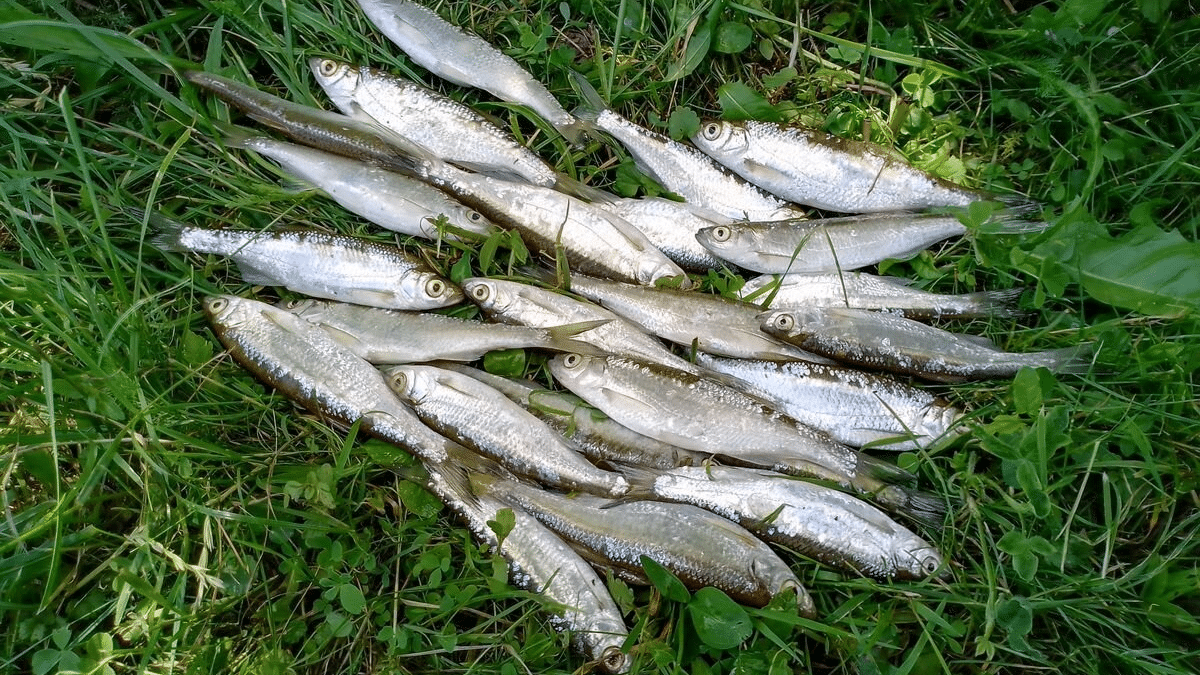
Aukšlės kulinarinės savybės
Aukšlė yra valgoma žuvis, tačiau dėl savo dydžio ji nėra labai populiari. Jos kūne yra daugybė smulkių ašakų, todėl valgyti šią žuvį gali būti keblu. Lietuvoje tradiciškai aukšlės ruošiamos paprastai, bet skaniai. Dažniausias paruošimo būdas – ką tik sugautas žuveles nuvalyti, trumpai pamarinuoti druskoje (galima su prieskoniais, pavyzdžiui, česnaku), tuomet apvolioti miltuose ir kepti įkaitintame aliejuje, kol gražiai apskrus. Traškiai iškepus, aukšlę galima valgyti beveik visą – smulkios ašakos tampa nesunkiai sukramtomos. Be to, džiovintos aukšlės Lietuvoje neretai vartojamos kaip užkandis prie alaus – sudžiūvusios jos tampa traškios ir ilgai negenda.
Tinkamai išdorotos ir paruoštos aukšlės pasižymi puikiu skoniu – jų mėsa švelni, o apskrudusi oda suteikia malonų traškumą. Kai kuriose Europos virtuvėse aukšlės laikomos delikatesu: pavyzdžiui, Skandinavijoje vertinamas aukšlių ikrų užtepėlė, o Balkanuose (Makedonijoje) iš džiovintų aukšlių gaminamas tradicinis patiekalas cironka. Visgi dėl nedidelio dydžio patiekalams reikia nemažai žuvų, todėl dažniausiai aukšlės ruošiamos namų sąlygomis, kai pagaunamas didesnis jų kiekis.

